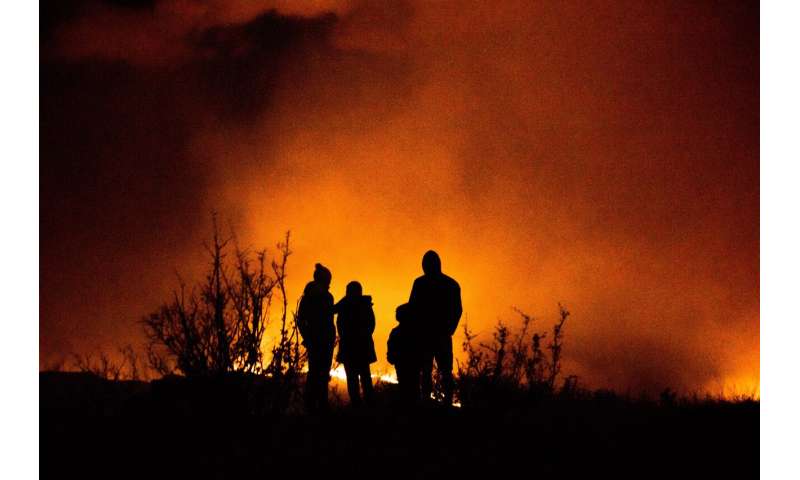Hazardous air chokes northeastern US

The northeastern U.S. experienced another day with some of the worst air quality recorded in the region, caused by particularly severe wildfire activity in Canada. On June 8, 2023, the province of Quebec reported 136 active fires that have charred an area approximately the size of Delaware.
This animation shows how black carbon particles, or soot, moved across eastern portions of Canada and the U.S. from June 3–8, 2023. Polluted air originated from a spike in wildfire activity in Quebec in early June. Then, a weather system pushed smoke from those blazes toward northeast and mid-Atlantic states, bringing hazardous air to densely populated regions of the U.S.
The black carbon data come from NASA's GEOS forward processing (GEOS-FP) model, which assimilates data from satellite, aircraft, and ground-based observing systems. In addition to making use of satellite observations of aerosols and fires, GEOS-FP also incorporates meteorological data like air temperature, moisture, and winds to project the plume's behavior. The fine particulate matter (PM2.5) in this pollution is small enough to enter the lungs and can lead to health problems.
At 9 a.m. Eastern Time on June 8, air quality monitors in parts of Pennsylvania recorded levels deemed "hazardous" (code maroon) on the EPA's Air Quality Index (AQI) scale. The AQI for large cities such as New York City, Philadelphia, and Washington, D.C. registered in the "very unhealthy" range (code purple). The prior day, a monitor near Bethlehem, Pennsylvania, recorded a 24-hour average AQI of "hazardous," which is thought to be extremely rare in the region.
In addition to causing conditions detrimental to people's health, the poor air quality and low visibility caused flight delays at major airports in New York City, Newark, and Philadelphia.
After sustained smoky conditions in the northeast and mid-Atlantic through June 8, shifting winds may send the worst pollution further west in coming days, according to the National Weather Service.
Provided by NASA Earth Observatory